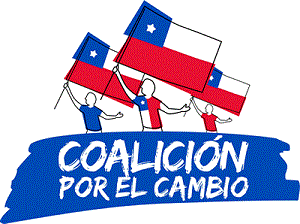 The fractal concept is used mainly in mathematics, and more specifically in geometry, since fractals are geometric figures whose structures are repeated at different scales. There are numerous mathematical structures that are identified as fractals: the Koch curve, the Sierpinski triangle or the Mandelbrot set, among many others, are examples of this.
The fractal concept is used mainly in mathematics, and more specifically in geometry, since fractals are geometric figures whose structures are repeated at different scales. There are numerous mathematical structures that are identified as fractals: the Koch curve, the Sierpinski triangle or the Mandelbrot set, among many others, are examples of this.
It was precisely Mandelbrot who coined the term fractal from the Latin term fractus (broken) in the 70s of last century. And it is that the main characteristic that defines fractals is precisely their fractional dimension. Unlike points, surfaces, or volumes, they do not have an integer dimension, but instead move in non-integer numbers such as 1.55 or 2.3.
On the other hand, it is interesting to mention that authentic fractals are still an idealization. Real objects are produced on finite scales, so they do not have the infinite amount of detail that fractals offer at certain scales. It must therefore be clear that no curve in the world is ultimately a true fractal.
Why use fractals?
Fractals arise as a contrast to the limitations presented by traditional Euclidean geometry, that which divides the world into planes, surfaces or volumes. Nature is full of objects that are not easily described by this geometry; mountains, trees, hydrological basins,… are too complex for that way of seeing the world.
Thus, fractal geometry proposes a different way of describing reality, better adapting to the complications that nature presents.
History of fractals
The term fractal is relatively modern, since only four decades have passed since it was implanted by Dr. Mandelbrot during his experiments related to the development of the digital computer at Yale University.
 Despite this, the origin of fractal geometry can be located at the end of the 19th century, since it was then that the French mathematician Henri Poincaré published the first works on the subject. The conclusions presented there would be fundamental for other scientists such as Gastón Julia and Pierre Fatou, already after World War I, to continue developing the theory. However, after the 1920s it was partially forgotten until Mandelbrot recovered it years later.
Despite this, the origin of fractal geometry can be located at the end of the 19th century, since it was then that the French mathematician Henri Poincaré published the first works on the subject. The conclusions presented there would be fundamental for other scientists such as Gastón Julia and Pierre Fatou, already after World War I, to continue developing the theory. However, after the 1920s it was partially forgotten until Mandelbrot recovered it years later.
Since then, fractal geometry has been one of the cutting-edge fields of contemporary mathematics, thanks above all to the inclusion of state-of-the-art computers in the development of new theories.
Photos: iStock - Tabishere / sakkmesterke









